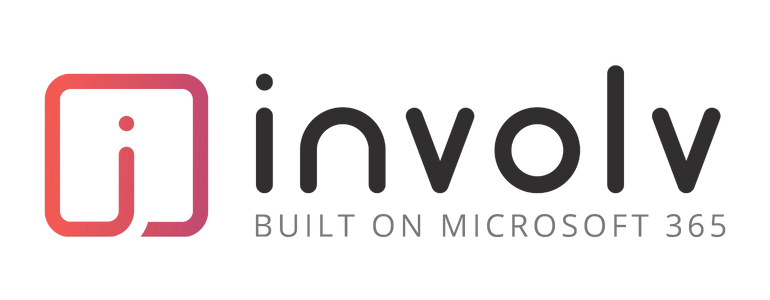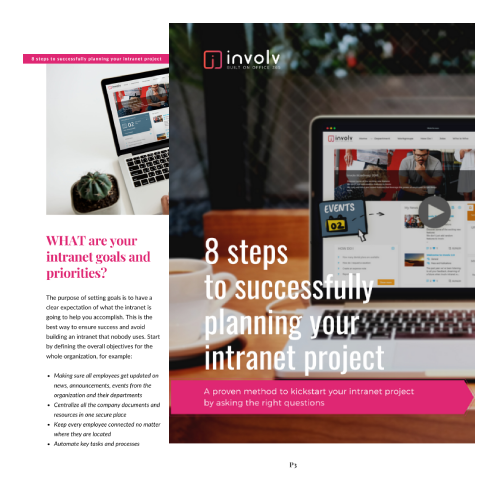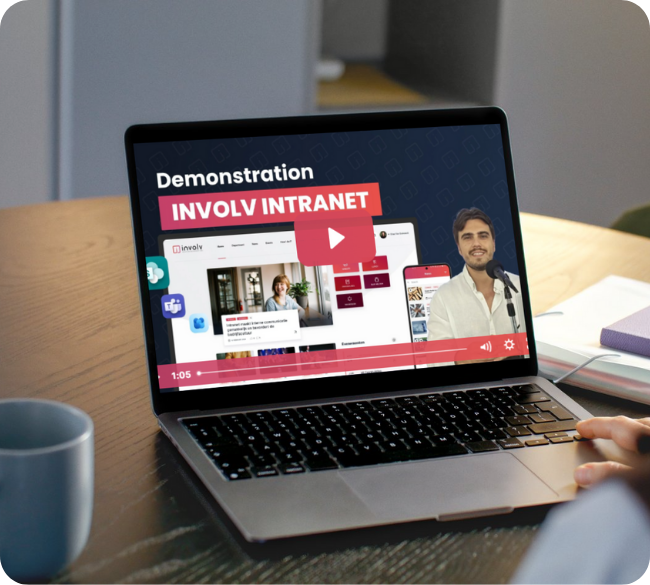In most organizations, people get less and less time to interface with each other in person. Human Resources professionals are looking at HR intranets to deliver very specific business benefits such as internal communications, improving productivity, disseminating the company culture and building a happier, better-connected workplace.
1. Share HR documents with anyone
The amount of information to be shared within your organization is huge. By putting HR documents such as health insurance documents, contact info, training manuals, forms and templates for leave approval, expences etc on the intranet, employees can access them whenever they need to. The intranet provides omni-channel access and synchronizes data with other HR management systems to keep everything centralized. Your HR intranet drives self-service so you will no longer need to answer the same questions over and over or send documents back and forth through email.
2. Automate HR processes
Automating some of your HR tasks can help you free up time, increase efficiency and security and accomplish your goals faster. 3 most common practices:
- Employee onboarding. Onboarding may involve significant paperwork, signing contracts, completing benefits paperwork and other necessary duties. Automate the collection of documents, sharing information, raising device requests, and more.
- Leave requests. Leave requests are time-consuming to process. Speed up the process by automating the approval flow and notifications.
- Expense claims. Expence claims often require a lot of manual work. Speed up the process by automating the approval flow and notifications.
3. Supercharge your onboarding ROI
Only 12% of employees say their organization does a great job of onboarding – according to a recent study by Gallup. This leads to a significantly lower turnover within the first year of employment and low engagement among employees who stay.
A successful employee onboarding program helps to improve retention, engagement, satisfaction, and productivity of your new employees. Integrate video, documentation and communication tools within your intranet to provide a remarkable, immersive experience where new employees feel your values.
Free whitepaper
Planning your intranet project
Planning a new intranet project? What steps to take to build an effective intranet? Download our free whitepaper.
4. Share your company values and goals
The core values of your company are important. They define your culture and purpose and are the bridge between the leadership’s vision and the behaviour that supports that vision.
Unfortunately, a lot of employees don’t know their organization’s core values and don’t know where to find them. Use your intranet to communicate your company values and goals, and as I said before, do it from the beginning, during the onboarding process. But most of all, it’s important to live your core values and reward employees when they do. Recognize achievers on the intranet if they exemplify a core value.
5. Tap into collective knowledge
Information silos can kill your company. They cause duplicate, incosistent and isolated data. By centralizing all this data you make sure anyone can tap into that collective knowledge. Leverage the knowledge sharing across departments and allow employees to share insights quickly, so others don’t have to reinvent the wheel. Companies that use an HR intranet discover that their new platform becomes the hub for sharing best practices and day-to-day tasks. People can view each others skills and profiles, brainstorm with peers, ask feedback from experts and take action faster.
But be aware: you don’t want to just pour all your data into the intranet, making it look like a messy room. A good intranet is well structured and has a mix of ‘push’ and ‘pull’ information: employees must find what they need when they need it (meaning the intranet should provide personalized content) but should also be informed when relevant information such as HR documents are made available to them.
6. Build relationships
A good relationship requires 2-way communication. If you want your business to thrive you need to facilitate communication between employees, managers, partners, vendors and customers. Better communication = more engagement = better relationship.
A good communication strategy is transparent and gives employees ownership to start conversations, provide feedback and take the initiative in solving problems within your company.
7. Build communities
A social intranet helps you build communities around relevant common interests. People participate in communities to discuss about the topics they care about with like-minded people. To solve problems they know, seize opportunities or increase their social standing.
Communities therefore improve collaboration, transform work culture and, above all, keep your employees happy.

Tim Bogemans
Try it out today
01.
start your demo
Request your personal demo with our intranet expert and discuss how Involv can help you reach your organizational goals.
02.
enroll
Like what you see? Setup your ready-to-go digital workplace in less than 1 hour, without any technical knowledge.
03.
success
Employees will love what they see, as Involv integrates with all the tools they already know and use. Need more? Contact us!





